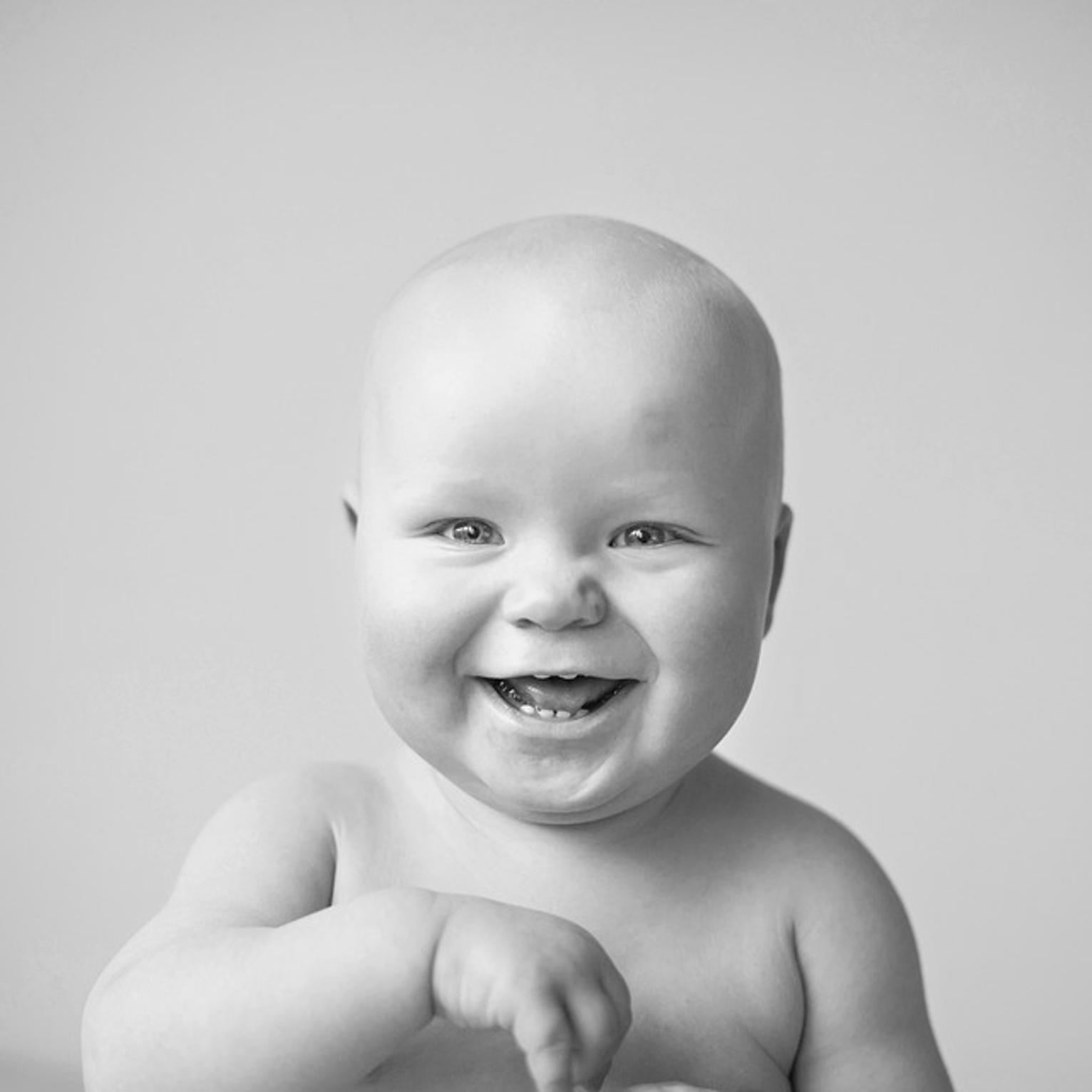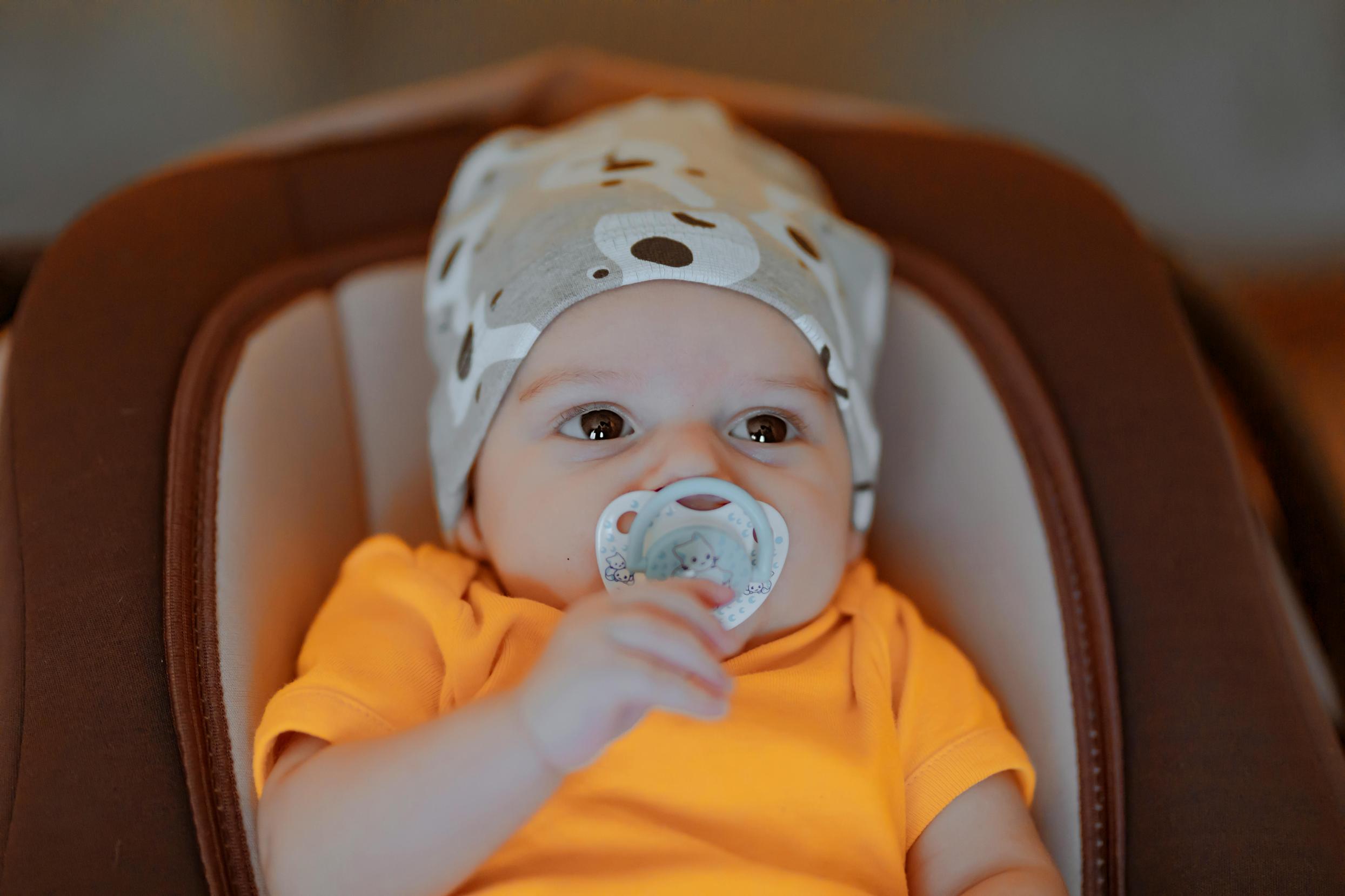Introduction
Parents eagerly anticipate the day their baby can explore the world from a new perspective. One significant milestone is when babies can face forward in their carriers. This transition opens up a fresh world of sights and experiences for your little one. Yet, it raises questions about safety, timing, and the right type of carrier. Understanding these aspects ensures your baby enjoys a comfortable, secure, and joyous exploration.
This guide provides a detailed exploration of when your baby can face forward in their carrier, the necessary developmental milestones, suitable carriers, safety considerations, and transition tips. Additionally, we’ll share insights from other parents’ experiences to give a well-rounded perspective.

Understanding Baby Development Milestones
Before deciding to adjust your baby’s view in their carrier, it’s vital to understand key development milestones that signal readiness. Babies grow at different rates, but certain milestones are crucial for the safety of forward-facing carrying.
- Neck Strength and Head Control: Typically around 4-6 months, babies begin to develop the neck strength and muscle control necessary to support their heads without assistance. This is a critical milestone for safe forward-facing carrying.
- Trunk Stability: By 6-9 months, most babies gain the ability to sit up unaided. This trunk stability is crucial, as it means your baby can maintain an upright position without slumping, which is safer when facing forward.
- Weight and Size: Manufacturers often set minimum weight limits for forward-facing positions. Ensure your baby fits these guidelines, usually around 15-20 pounds, by checking both carrier manuals and pediatric advice.
When Can Babies Face Forward in a Carrier?
Determining the right time for your baby to face forward in a carrier depends on their developmental readiness rather than a specific age. Most professionals recommend waiting until:
- After 6 months: By this age, many babies have achieved sufficient head control and trunk stability.
- Your baby shows signs of readiness: This includes strong neck and head control, stable sitting ability, curiosity about their surroundings, and general physical strength.
Consistently monitor these signs and consult your pediatrician before transitioning. Safety should always be the top priority.
Choosing the Right Forward-Facing Carrier
Selecting the appropriate carrier can make a significant difference in comfort and safety when transitioning to a forward-facing position. Consider these factors:
- Ergonomic Design: Ensure the carrier supports healthy hip and spine development. Look for carriers that provide support in an ‘M’ position with knees higher than the buttocks.
- Adjustable Features: Adjustable straps and settings accommodate growing babies and ensure ongoing comfort and safety.
- Durability and Materials: High-quality materials and robust designs enhance your baby’s experience while ensuring longevity.
- Ease of Use: Look for carriers that are easy to adjust, put on, and take off. This ensures convenience for parents and safety for babies.
Popular forward-facing carrier options include the Ergobaby 360, BabyBjorn Baby Carrier One, and the Lillebaby Complete. Always follow the manufacturer’s guidelines.

Safety Considerations for Forward-Facing Carrying
When transitioning to forward-facing carrying, specific safety considerations must be kept in mind to ensure your baby’s well-being:
- Duration of Use: Avoid prolonged forward-facing sessions. Start with short durations (15-20 minutes) to observe your baby’s comfort and reaction.
- Environmental Awareness: Watch for overstimulation. Babies facing forward are exposed to more stimuli, which can be overwhelming. Stay in calm, familiar environments initially.
- Positioning: Ensure your baby’s legs are in an ergonomic position, forming an ‘M’ shape. Improper positioning can cause hip dysplasia.
- Regular Monitoring: Frequently check your baby’s comfort and position. Make adjustments as needed to maintain safety and comfort.
Prioritize comfort and make gradual transitions to safely introduce forward-facing carrying.
Transitioning to Forward-Facing: Tips and Best Practices
Successfully transitioning your baby to a forward-facing carrier involves a few practical steps:
- Gradual Introduction: Start with short forward-facing carrying periods while indoors. Gradually increase the duration as your baby becomes accustomed.
- Monitor Feedback: Pay attention to your baby’s responses. Indications of discomfort include fussiness, slumping, or any signs of distress.
- Comfort Adjustments: Ensure your carrier fits well. Adjust straps and seating positions to maintain comfort and ergonomic alignment.
- Balanced Experiences: Alternate between forward-facing and inward-facing positions to avoid overstimulation and ensure comfort.
By following these best practices, your baby will experience forward-facing carrying safely and enjoyably.

Parental Experiences with Forward-Facing Carriers
Hearing from other parents can provide valuable insights and practical tips. Many parents report that forward-facing carriers enrich their baby’s explorative experiences. Babies generally enjoy seeing their surroundings, which often leads to less fussiness and more engagement during outings. However, parental vigilance concerning safety and comfort remains imperative.
Conclusion
Deciding when your baby can face forward in a carrier is a significant milestone that requires careful consideration of developmental factors, safety guidelines, and appropriate carrier selection. This comprehensive guide equips you with the knowledge to make an informed decision, ensuring a safe and enjoyable experience for both you and your baby.
Monitor your baby’s growth, consult with healthcare professionals, and choose quality carriers to make this transition as smooth as possible. Happy and safe exploring!
Frequently Asked Questions
What is the minimum age for a baby to face forward in a carrier?
Most professionals recommend waiting until the baby is at least 6 months old and has strong neck and head control.
What are the signs my baby is ready to face forward?
Signs include strong neck strength, stable sitting ability without support, curiosity about surroundings, and evidence of physical strength.
Are there any risks associated with forward-facing carriers?
Yes, risks include overstimulation, improper ergonomic positioning leading to hip dysplasia, and discomfort if safety measures are not followed. Ensure short periods, proper fitting, and regular monitoring to mitigate these risks.
